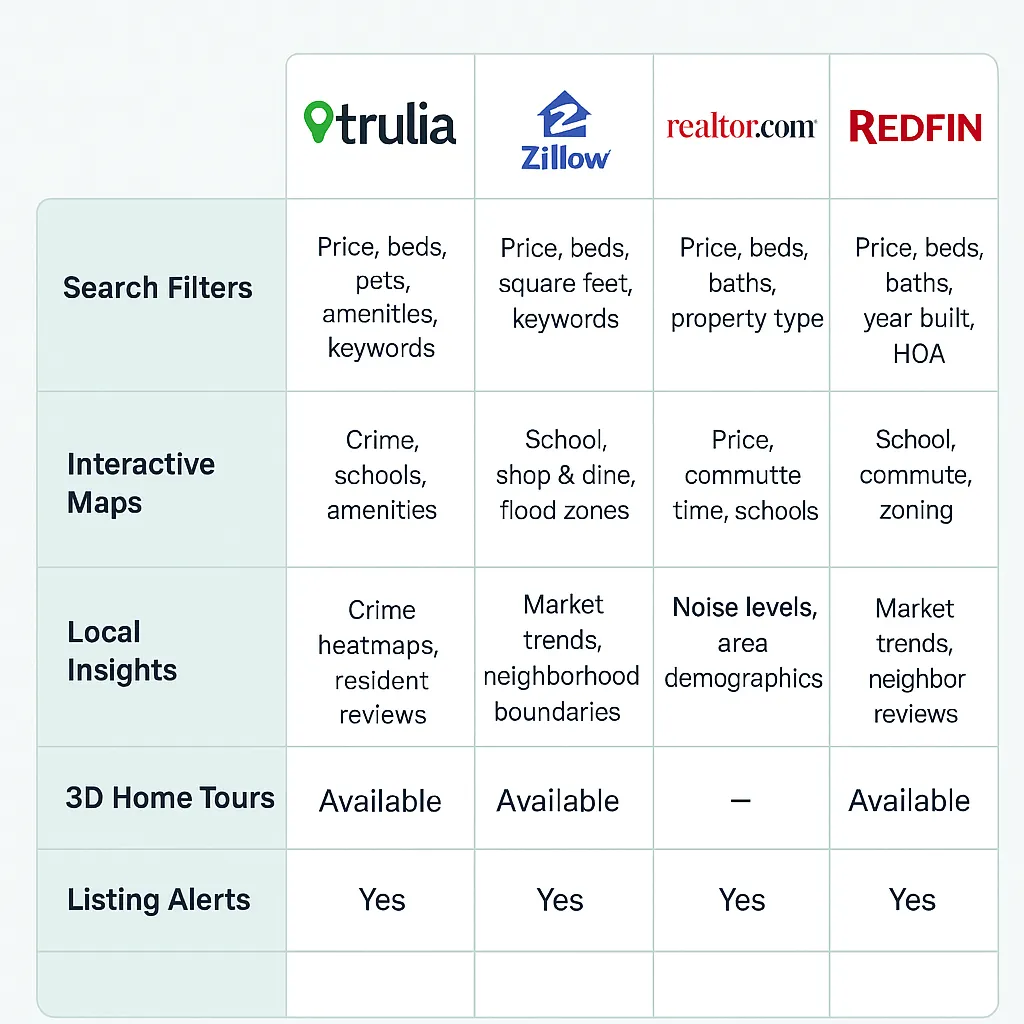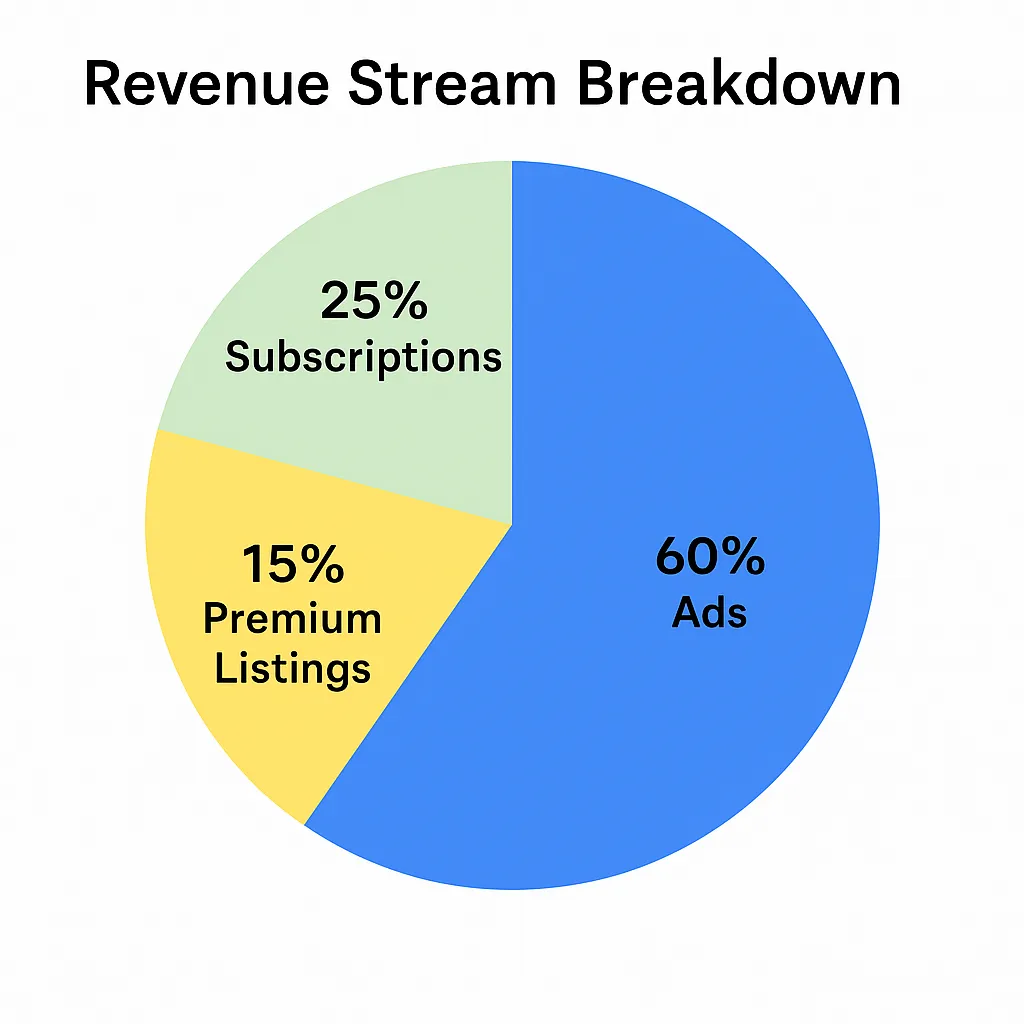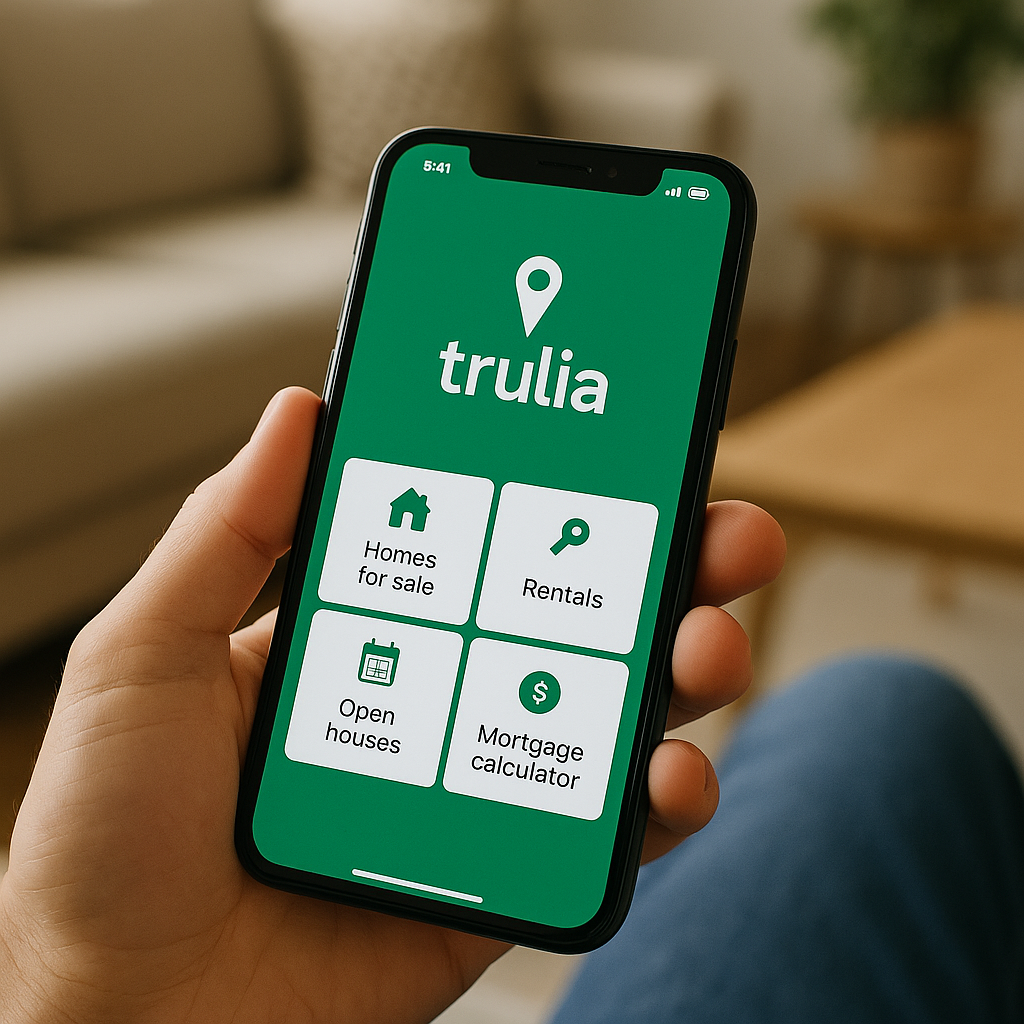Let’s face it—hunting for a new place is often less “dream home” and more “house of horrors.” From shady landlords to grainy photos that lie more than your ex’s Instagram, the real estate game can be brutal. If you’ve ever bounced between Craigslist, Zillow, and 40 open tabs just to find a half-decent studio, you’re not alone. The struggle? Real.
Now imagine an app that actually gets it. Trulia isn’t just another property listing platform—it’s like having that one friend who knows the neighborhood, tells you where the nearest coffee shop is, and warns you about that sketchy alley behind the building. It’s real estate with real-life context. For busy entrepreneurs, digital nomads, and scrappy startups relocating their tiny team—it’s gold.
So what’s under the hood of this crowd-favorite? Let’s break down how the Trulia app works, why it’s trending with home-hunters, and how building a Trulia clone could be your next unicorn move.
What is Trulia? A Quick Primer
Trulia is a property listing platform, but with a major twist—it’s hyper-focused on local context. Think crime stats, school ratings, local businesses, commute maps, and even neighborhood vibes. Launched in 2005 and acquired by Zillow in 2015, Trulia quickly became a household name in the real estate tech space.
Key Trulia App Functions:
- Browse homes for sale, apartments for rent
- Filter by price, amenities, school district, pet policy, and more
- See heat maps for crime, traffic, and affordability
- Access verified neighborhood reviews from residents
- Contact agents directly via chat or call

How Does the Trulia App Work?
Trulia’s UX Flow – From Curiosity to Contact
Here’s a step-by-step breakdown of what a typical Trulia user journey looks like:
Step 1 – Discovery
Upon opening the app, users are prompted to input location, budget, and housing preferences. The UI is intuitive, mobile-first, and quick to load—perfect for users on-the-go.
Step 2 – Browsing Listings
Each listing includes:
- High-res photos
- Interactive maps
- Price trends
- 3D virtual tours (where available)
Media Suggestion: UI screenshot showcasing listing details with filters.
Step 3 – Exploring Neighborhood Insights
This is where Trulia shines. Users can explore:
- Walk scores
- Local business ratings
- Parent-submitted school feedback
- Crime heatmaps
Step 4 – Shortlisting and Agent Communication
Users can save favorites and contact agents directly. There’s also a messaging feature for real-time updates—bye-bye voicemail tags.
Also Read :-How to Build an App Like Trulia – (Full-Stack Developer Tutorial)
Trulia’s Secret Sauce: What Makes It Click
Data, Design, and Depth
While many real estate platforms simply aggregate MLS listings, Trulia goes deeper with layered data integration. It’s built not just for browsing—but decision-making.
Localized Data API Integration
Using geospatial intelligence, Trulia pulls data from:
- Local police departments (crime stats)
- School databases (Niche, GreatSchools)
- Yelp, Google Maps (business ratings)
Personalization Engine
Trulia uses machine learning to understand user behavior—surfing patterns, saved filters, and locations—and recommends listings that feel tailored.
Who’s Using Trulia—and Why It Matters for Startups
Market Segments and Business Potential
Whether it’s millennials seeking pet-friendly apartments or investors scouting emerging ZIP codes, Trulia casts a wide net.
Target User Personas
- Digital nomads on short-term leases
- New parents looking for school proximity
- Solo entrepreneurs relocating to tech hubs
- Landlords and agents listing properties
If you’re a startup looking to tap into this market with your own Trulia-style app, you’re entering a high-demand, low-loyalty space—meaning users will jump ship for better UX, smarter filters, or even just faster load times.
Learn More :-Top 5 Mistakes Startups Make When Building a Trulia Clone
Can You Monetize a Trulia Clone? Heck Yes.
Revenue Models for Real Estate Apps
Freemium Listings
Basic listings are free, but premium placements (top of feed, neighborhood highlights) come at a cost.
Agent Subscriptions
Real estate agents pay monthly fees for exclusive tools, listing boosts, and advanced analytics.
Lead Generation
Platforms can charge per verified lead or inquiry.
Explore our full breakdown of the Trulia revenue model and see how the platform earns through ads, premium listings, and real estate lead generation.

Native Ads & Sponsored Properties
Much like Airbnb’s “featured listings,” Trulia clones can include sponsored property cards.
Building a Trulia Clone App with Miracuves
If you’re thinking, “Could I build my own Trulia-style app?”—yes, you totally can. But building it from scratch? Costly, buggy, and painfully slow.
At Miracuves, we specialize in real estate app clone development that cuts dev time in half—without cutting corners. You get:
- Scalable backend frameworks
- Sleek mobile-first UI kits
- Built-in map integrations (Google Maps, Mapbox)
- Agent chat, push notifications, and analytics dashboard
Explore how Trulia generates revenue, the key features that power its real estate platform, and the marketing strategy behind its industry success.
Conclusion
Trulia isn’t just a real estate app—it’s a lifestyle GPS. It helps people feel out neighborhoods, not just square footage. And with the housing market going digital faster than ever, now’s the time to launch something smart, user-friendly, and insight-rich.
At Miracuves, we help innovators launch high-performance app clones that are fast, scalable, and monetization-ready. Ready to turn your idea into reality? Let’s build together.
FAQs
What is the main purpose of Trulia?
Trulia helps users discover properties for sale or rent with added insights into neighborhoods, schools, safety, and local lifestyle.
Is Trulia better than Zillow?
Trulia is owned by Zillow but focuses more on neighborhood data and lifestyle context. Many users prefer it for those specific insights.
Can I list my property on Trulia?
Yes, you can list directly or through a broker. Agents often use Zillow Group’s backend to push listings to both platforms.
Does Trulia have an app for Android and iOS?
Yes, the Trulia app is available on both the Google Play Store and Apple App Store.
How does Trulia make money?
Primarily through ads, lead generation for real estate agents, and premium listing features.
Can I build an app like Trulia?
Absolutely. With the right tech stack—or a ready-made solution from Miracuves—you can launch faster and smarter.








